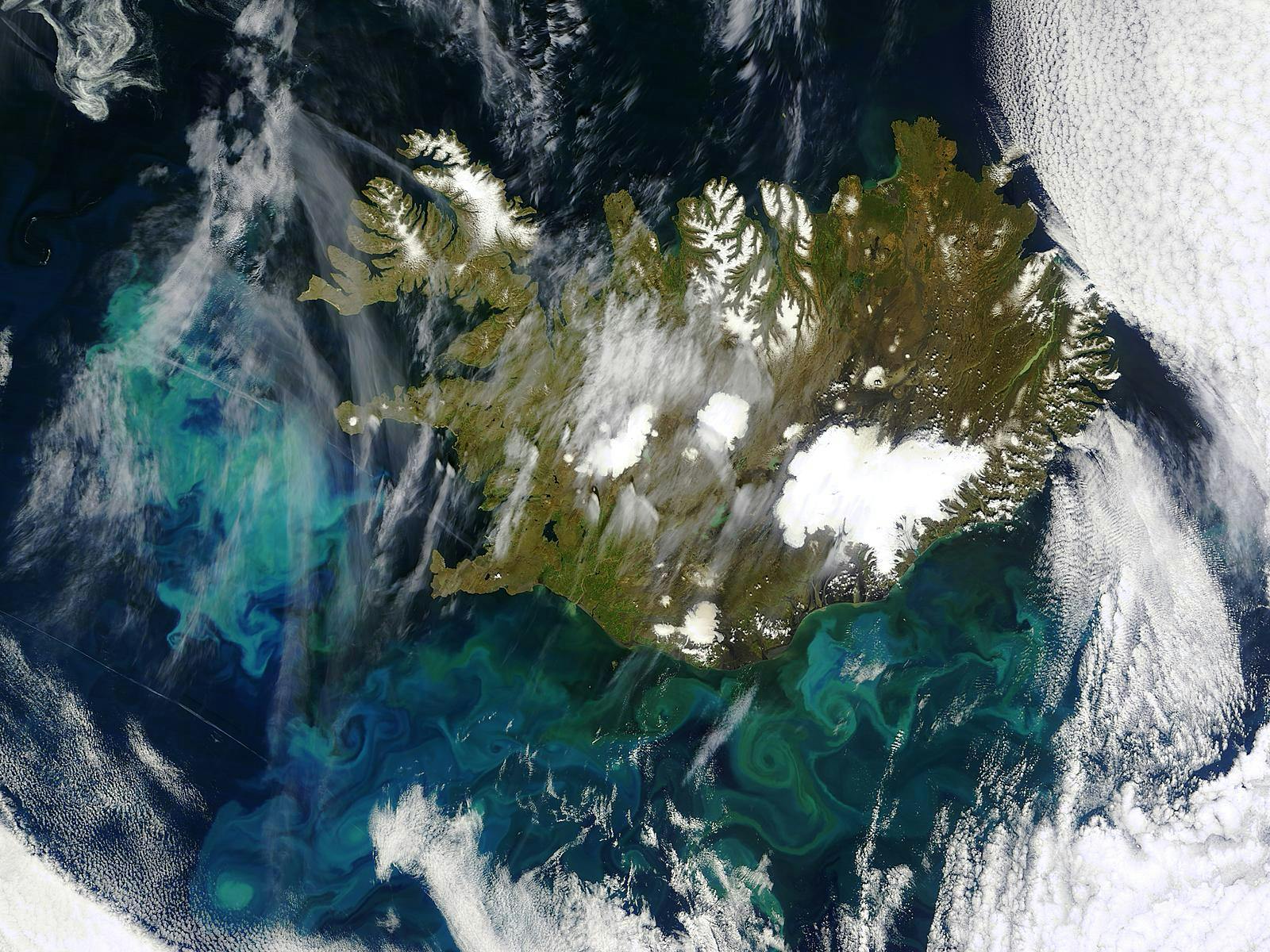
Talk to anyone about your plans to visit Iceland for the 2026 total solar eclipse, and the conversation will soon turn to the chance of clouds blocking the view.
If you don't like the weather, wait five minutes. That’s a popular expression in Iceland about the island's frequently changing weather, but on Aug. 12, 2026, eclipse chasers will only have 2 minutes and 13.7 seconds to spare.
Talk to anyone about your plans to visit Iceland for the 2026 total solar eclipse, and the conversation will soon turn to the chance of clouds blocking the view.
Eclipse chasers will mostly head to either Iceland or Spain, but both have advantages and disadvantages. “In a way, Iceland is better because the eclipse will occur at a higher altitude,” says Graham Jones, an astrophysicist and science communicator at timeanddate.com. Totality will occur about 25 degrees above the southwest in Iceland, which is high enough in the sky to see the eclipse through a gap in the cloud cover. In Spain, totality will be very low in the sky, which is problematic not only for getting a clear view but also because looking closer to the horizon means looking through a lot more of the atmosphere so, theoretically, multiple layers of cloud. “It’s a question of higher altitude and a higher chance of clouds in Iceland versus a much lower altitude and a lower chance of clouds, on average, in Spain,” says Jones. “It’s a dilemma.”
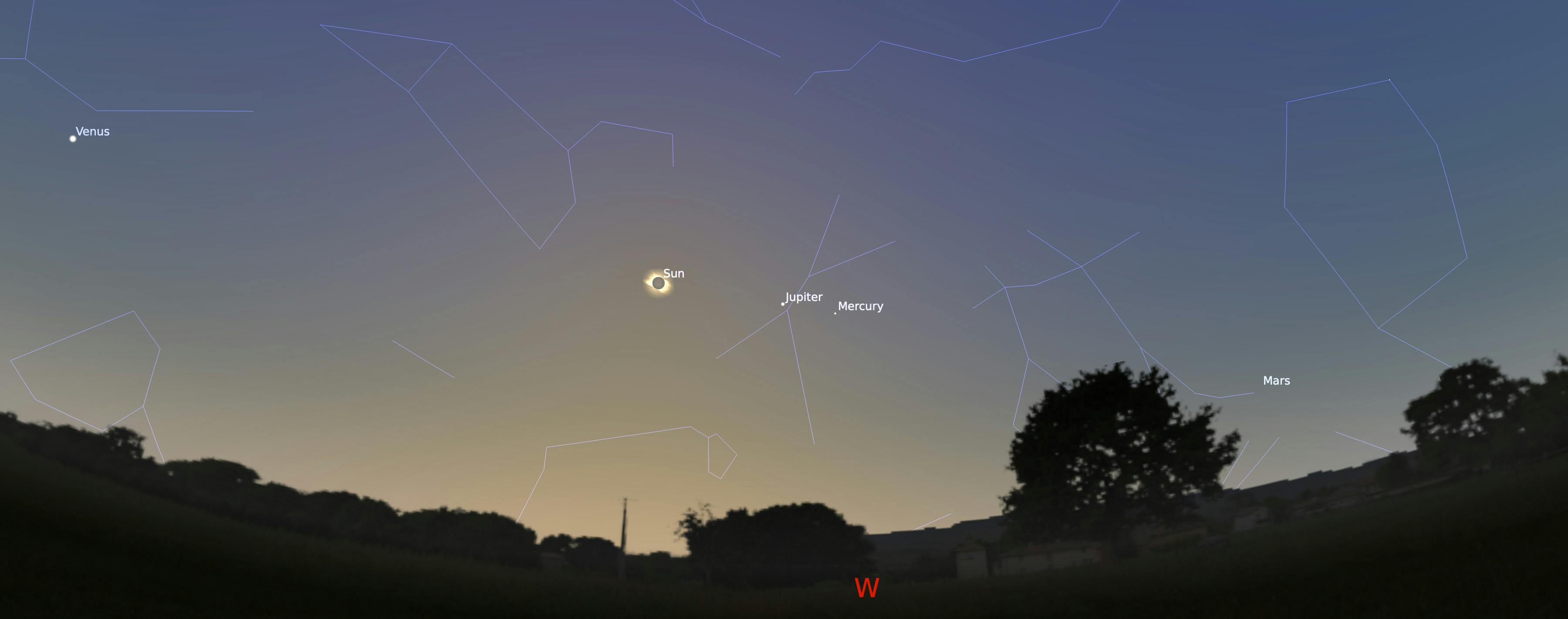
Iceland has highly unpredictable weather. It’s a small island surrounded by ocean and between two large landmasses. “Iceland is a rock in the northern Atlantic that’s very small compared to a lot of the large-scale weather systems,” said Elín Björk Jónasdóttir, a meteorologist who has worked for the Icelandic Meteorological Office. “We have Europe on the one side and Greenland on the other, which tend to control the larger weather patterns.” That’s why it’s difficult for models to predict the weather accurately.
Located at 62 degrees north, Iceland also sits on the polar front, where cold Arctic air meets warm, moist tropical air. The result is highly variable and changeable weather. That’s not helped by the ocean, which brings relative warmth to Iceland, but also complicates the weather. “Iceland should be colder than it is — that’s because of the ocean,” said Jónasdóttir. “But the ocean also brings us a lot of moisture, which systems pick up on their way over.”
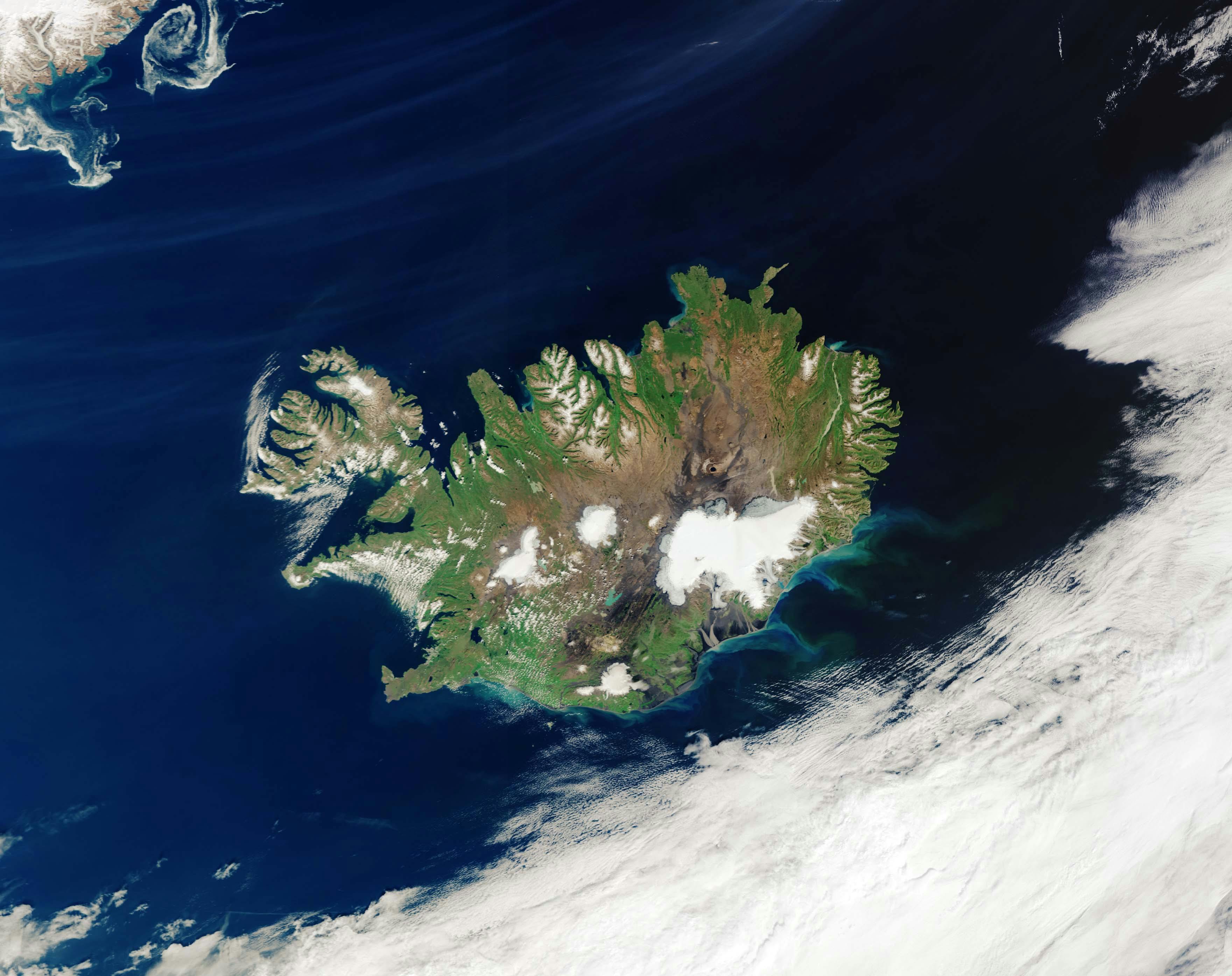
Happily for Iceland, the eclipse falls in the middle of summer. “July has the highest annual temperatures, but we are lucky that August usually has the least rain,” said Jónasdóttir. “In the western part of Iceland, where the eclipse is, precipitation is usually less than in any other month of the year.”
However, summer weather can get stuck. “Things tend to move slower in the atmosphere over summer,” said Jónasdóttir. Weather can also be drastically different from one year to the next. “There’s an annual variability in the weather here, and we tend to be stuck between several systems,” she said.
So while August is typically the driest month, the weather will likely be unpredictable leading up to the eclipse. Don’t expect a usable forecast until two weeks before.
The best viewing locations will depend on the wind direction, which can affect cloud cover and fog. “If it’s easterly winds, then probably most of the area will be okay,” says Jónasdóttir. If there’s a southeast wind, the northwest part of the Westfjords peninsula may have good visibility, but higher elevation locations may be preferable to avoid sea fog. “I would probably hike up a mountain because coastal places are prone to sea breeze and maybe fog.”
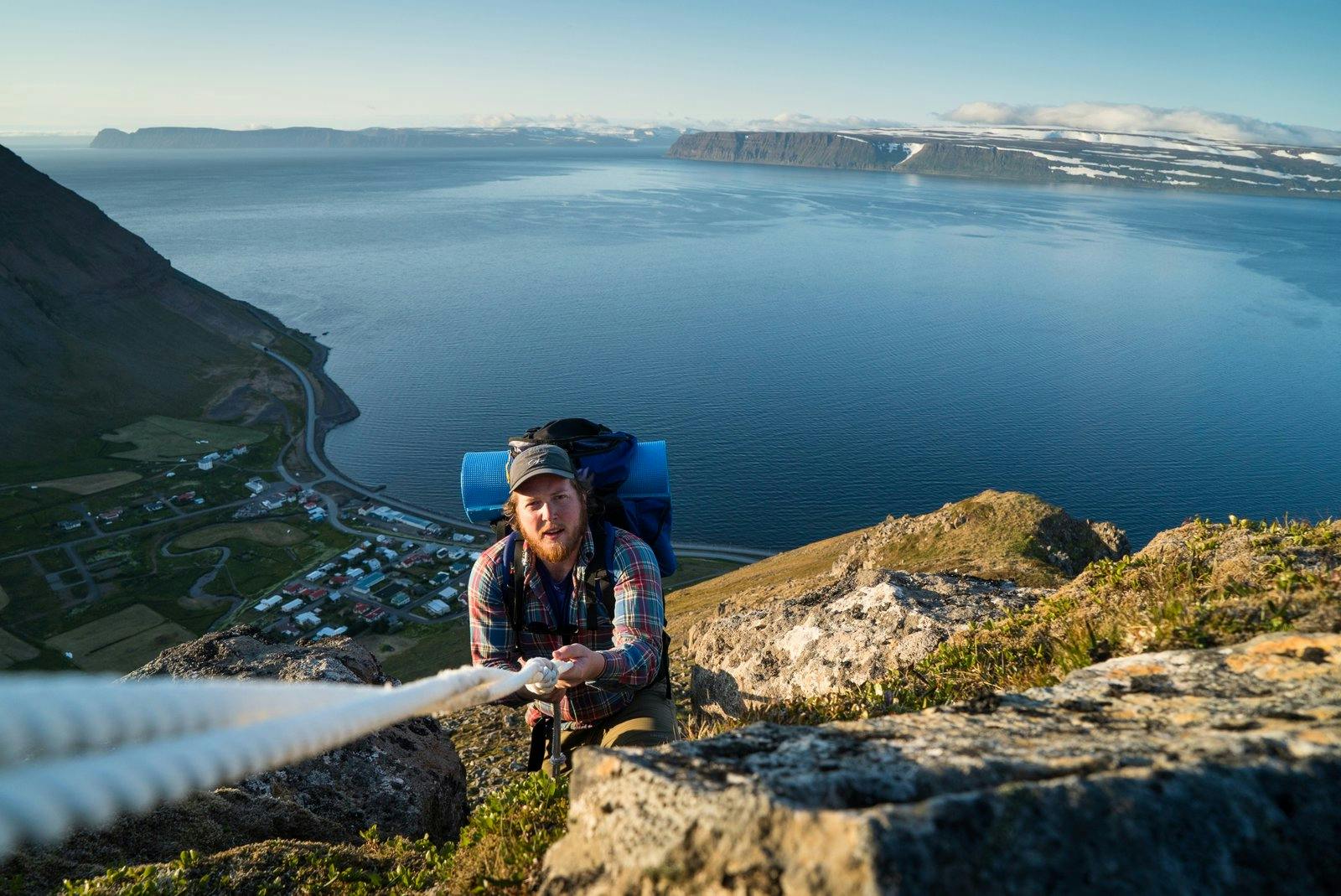
“In Iceland, eclipse chasers should be mobile,” says Jay Anderson, a Canadian meteorologist who provides eclipse-related climatology and weather information on Eclipsophile. “Reykjavik may have fine weather, but if you really want to see this eclipse, then you should be prepared to go anywhere along its western coast or out on Snæfellsnes Peninsula.”
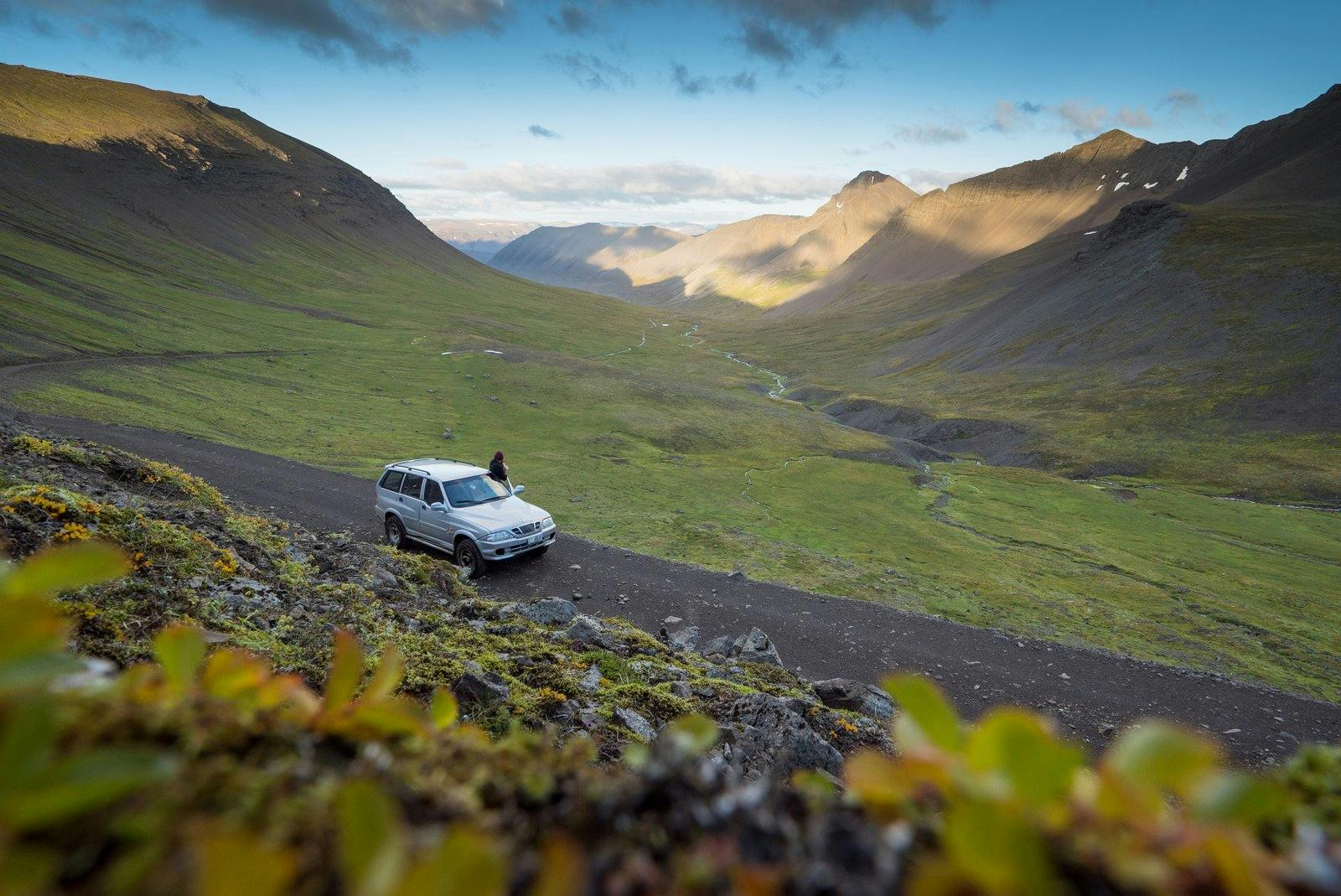
Might the clouds part just before the eclipse, only to close shortly after? Remarkably, that can happen during a solar eclipse — but don’t count on it.
Convective clouds are driven by the sun's heating of the ground. They can disappear if the ground cools — as it does when the moon blocks the sun during an eclipse. However, this ‘eclipse cooling’ effect will likely prove complicated in Iceland. “Some of it will disappear during the eclipse, and some of it may not — we’re working terrain, wind and temperature changes,” says Anderson. Eclipse cooling can have mixed effects, potentially dissipating some convective clouds but potentially increasing fog formation in marginal conditions. “Be careful with hills, which get a lot of convective clouds,” says Anderson. “It often comes from the flow off of the ocean rather than solar heating.”
The flip side to Iceland having a lot of challenging weather is that it also has detailed weather forecasts, including cloud forecasts. “The Icelandic Meteorological Office has a lot of experience producing daily high-resolution cloud cover forecasts because so many people go there to see the aurora,” says Anderson. Those maps will be handy for eclipse chasers who are mobile. [The same cloud cover forecast and satellite image for comparison is also available icelandatnight.is and will be made available on eclispe2026.is]
It’s also likely that the eclipse will mean specialized eclipse weather forecasts are developed. “The Icelandic Meteorological Office will likely issue specific eclipse weather forecasts close to the eclipse,” says Jónasdóttir.
Whatever the weather, the advice is clear: be mobile and use the Icelandic Meteorological Office’s high-resolution cloud forecasts if you want to find clear skies for the eclipse. With the eclipse taking place late in the day — with totality around 5:45 p.m. local time in Iceland — there will be plenty of time to find gaps in any cloud.
Jamie Carter is the author of Complete Guide to the Total Solar Eclipse 2026, The Eclipse Effect and When Is The Next Eclipse? A traveler’s guide to total solar eclipses 2026-2034